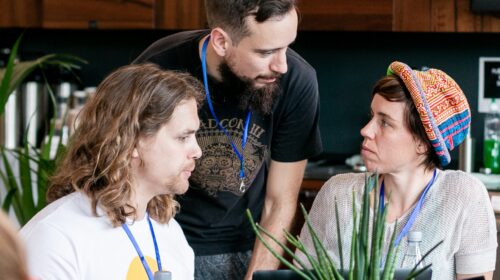
March 5, 2020
Leading Ladies Of Tech: A History Of Change And Disrupt
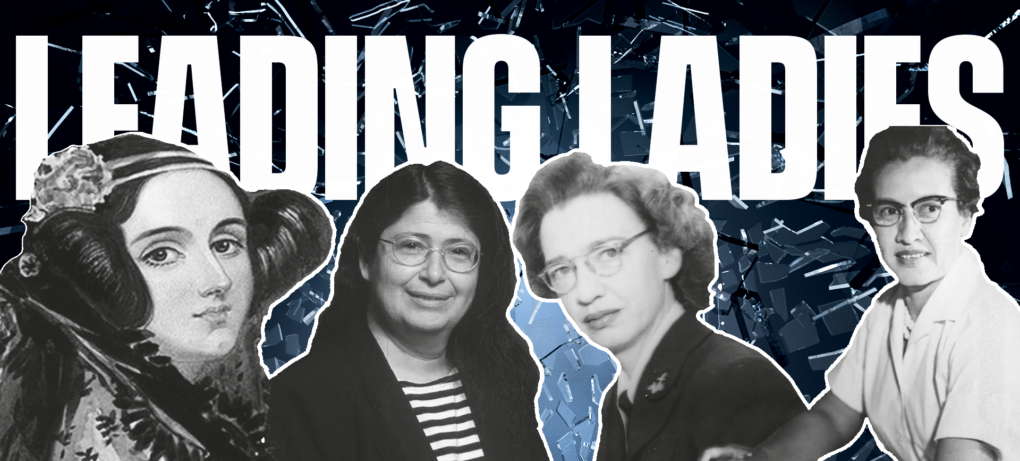
Innovation has driven growth and led to the development of new forms of economies from the very first protocol to sharing on a platform. Yet, as this storm of tech development condenses into the cloud, there is a reigning division of gender roles within this specialized division of labor.
Men have been historically occupied in developing technological hardware. It wasn’t until women started entering the workforce on a mass scale during World War II, that their contributions to technological advancement became more evident. These contributions were largely focused on operational rules, instructions, and formulas for how hardware should behave and perform. In fact, many women determined the logical pathways that hardware would take and how they would be used in programming, and drove its transformative power.
The prevalent misconception that men dominate the tech domain disregards the breakthroughs and past achievements of women responsible for pioneering our modern technological universe. It has contributed to the past and current gender imbalance within STEM fields. This tribute to the leading ladies of tech innovation profiles the impact of four changemakers: Ada Lovelace, Grace Hopper, Radia Perlman, and Katherine Johnson. These women have worked behind the scenes, playing an integral role and impact on the current wave of tech innovations
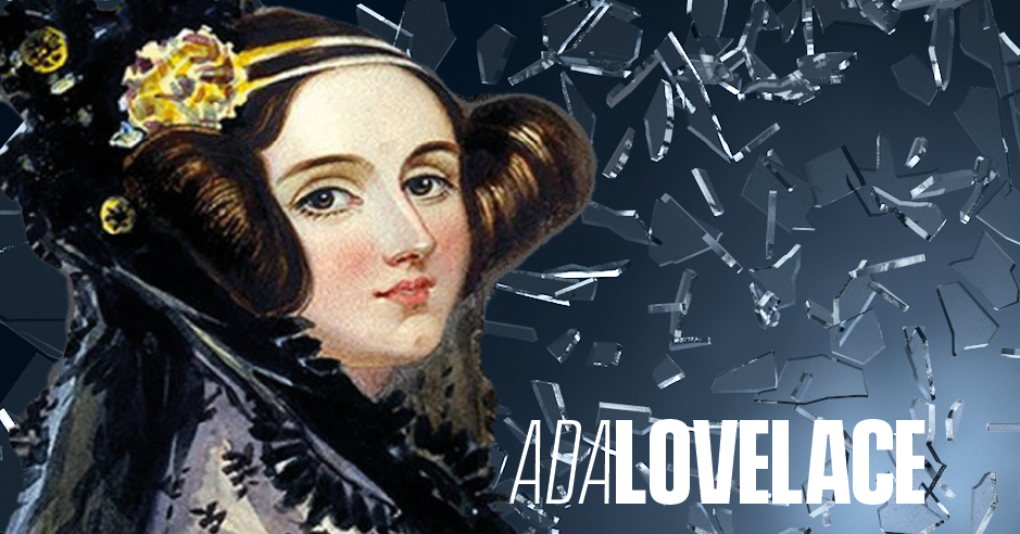
Ada Lovelace – The Original Programmer
The Honourable Augusta Ada Byron was born into a turbulent household into 1815 high-society London and received her education from former Cambridge University professors in classical literature, philosophy, science, and mathematics. In 1833, the Scottish astronomer and mathematician Mary Somerville introduced her to Charles Babbage, a mechanical engineer and the inventor of the difference and the analytical machine. These early calculators computed polynomials using the method of differences, set up values and showed results, largely reducing the margin of human error.
While in Italy to translate an article from Italian mathematician Luigi Menabrea from French into English about the analytical machine, Ada Lovelace took extensive notes – three times the length of the original analysis. These extra pages revealed that the machine could also calculate Bernoulli numbers. Since then, Lovelace’s analysis had been considered the first algorithm meant for use on a device. The calculator was the blueprint for the modern computer and its software.
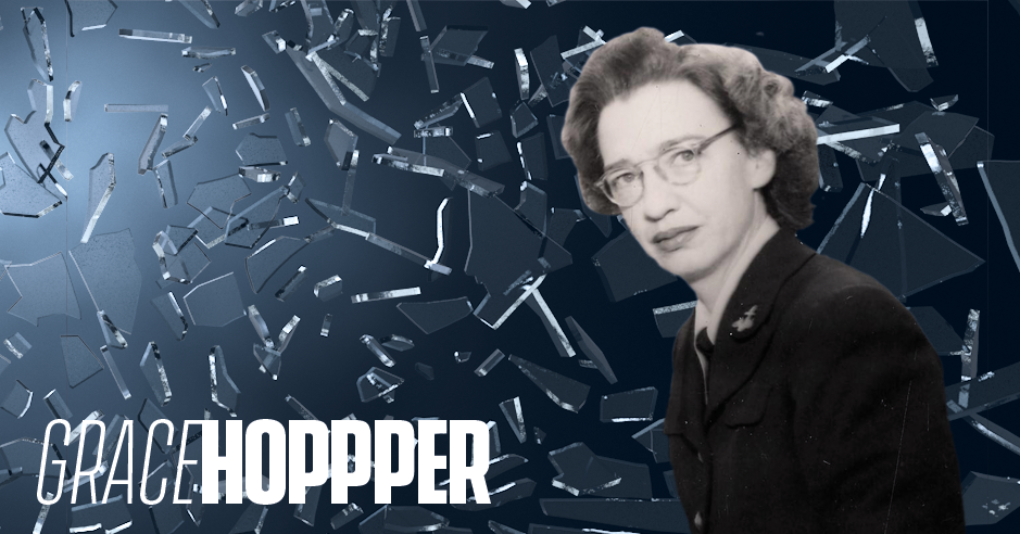
Grace Hopper – The Admiral Of Cobol
Hailing from a family of engineers and mathematicians, Rear Admiral Grace Brewster Murray Hopper graduated from Vassar with a double degree in physics and math, then received a Ph.D. from Yale in 1934. After the attack on Pearl Harbor, Hopper quit her professorship at Vassar, divorced her husband, and joined the US Navy at age 36.
As Lt. Grace Hopper, she reported to Harvard University and worked on Mark I, a massive digital computer with motorized turning shafts designed by Howard Aiken. She had a mastery for “translating real-world problems into mathematical questions, and communicat[ing] those into commands that a machine could understand.” Her systematic approach, precision, and articulation were condensed into the world’s first computer programming manual.
In her attempt to increase accessibility to computing, Hopper wrote the first symbolic calculator and compiler. This influence earned her the title “The Mother of COBOL.” She also coined the term “bug” when she discovered an actual bug during computer maintenance. In 1969, she was named “Man of the Year” by the Data Processing Management Association and worked for the Digital Equipment Corporation (DEC), the first personal computer company until she passed away in 1992.
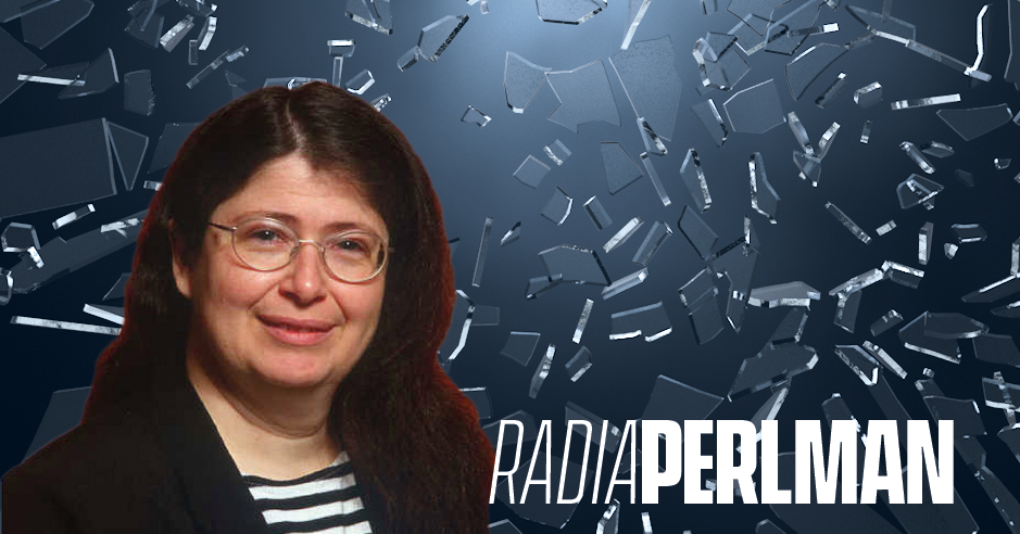
Radia Perlman – The Mother Of The Internet
Radia Perlman’s parents were engineers for the US government. Her father worked on radar and her mother was a mathematician and computer programmer. Despite not fitting the stereotype of an engineer and having an artistic flair, she continued the family tradition and received her Ph.D. in computer science from MIT.
Best known for her work as a computer programmer and network engineer, Perlman’s most famous achievement is the spanning-tree protocol, which has been necessary for network bridges, which she developed while working at the DEC. Overall, Perlman’s innovations are plentiful and have made modern network protocols scalable, robust, and self-organizing. Her work on link-state routing, spanning tree and trill are considered the building blocks to the internet. She has also pioneered digital security by including distributed algorithms resilient to malware, assuring the expiration of data from storage, and PKI trust models. After working at DEC and developing their protocols, she went on to Sun Microsystems and Oracle. While specializing in network and security protocols at Oracle, she has obtained more than 50 patents.
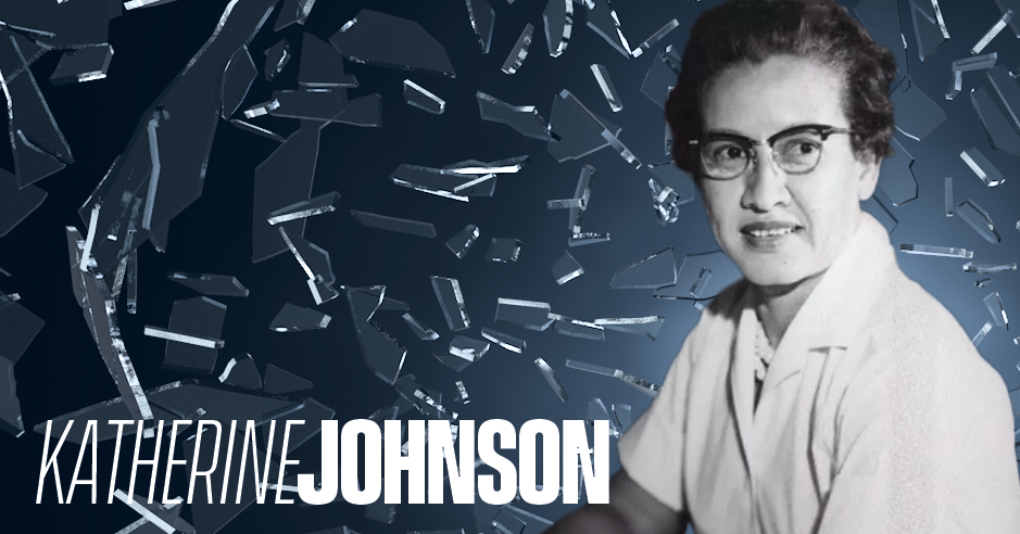
Katherine Johnson – The Mathematician On The Moon
Born in 1918 in West Virginia, Katherine Coleman Goble Johnson is an African American physicist and mathematician responsible for the early application of digital electronic computers at NASA and for calculating trajectories of numerous NASA missions over the course of decades. Her calculations under Project Mercury, including missions with John Glenn and Alan Shepard, and the Apollo 11 flight to the Moon were critical to the Space Shuttle program’s success.
The only lady on our list to come from a humble background, her father worked several jobs as a lumberman, farmer, handyman, and at a hotel, and her mother was a teacher. Showing a talent for mathematics, Johnson started high school at age 10, but had to attend high school in another county since local schools did not provide schooling for African Americans after grade 8. She took every single mathematics course at historically black college, West Virginia State University, and graduated at the top of her class in Mathematics and French by the time she was 18. She started working for NASA as a computer, where her main task was to read the data from planes and carry out precise maths. Her temporary assignment to a research team unveiled her analytic geometry skills and defied gender and racial norms.
In 2015, she was awarded the Presidential Medal of Freedom, the highest national honor a civilian in the United States can receive, from President Barack Obama for her trailblazing work in STEM. In 2016, she was included in the list of BBC’s 100 most influential women worldwide. Johnson was also portrayed in the critically acclaimed film Hidden Figures.

